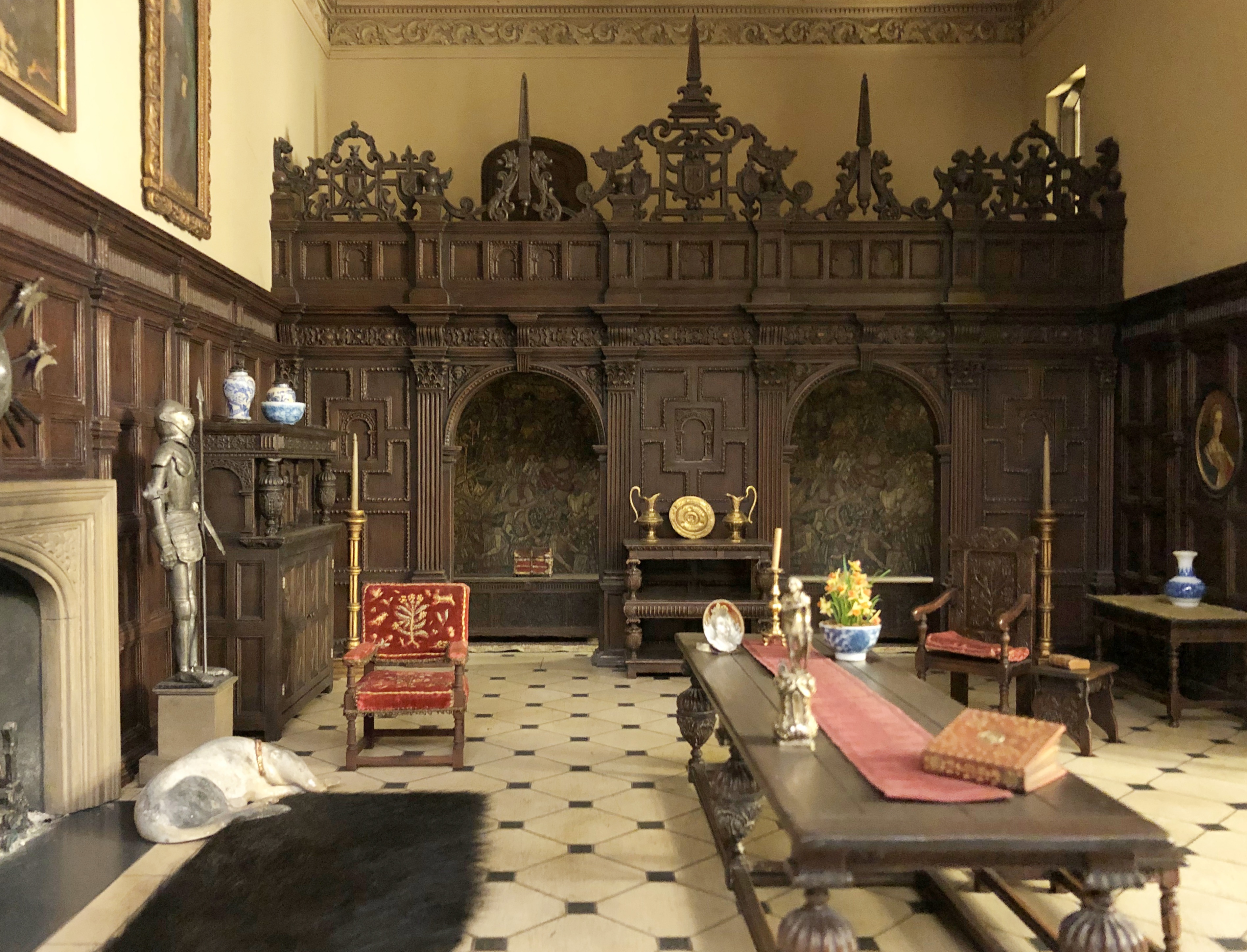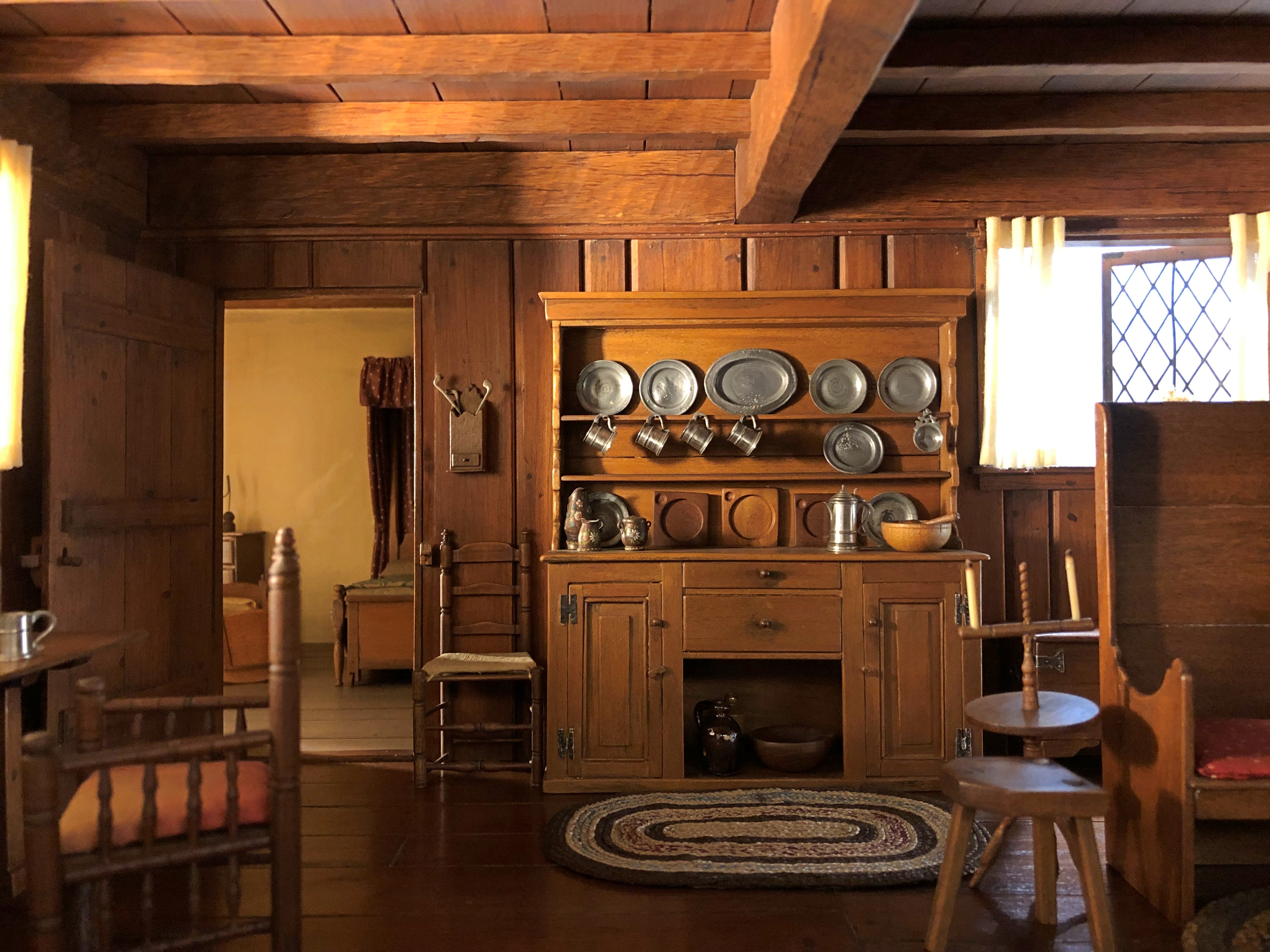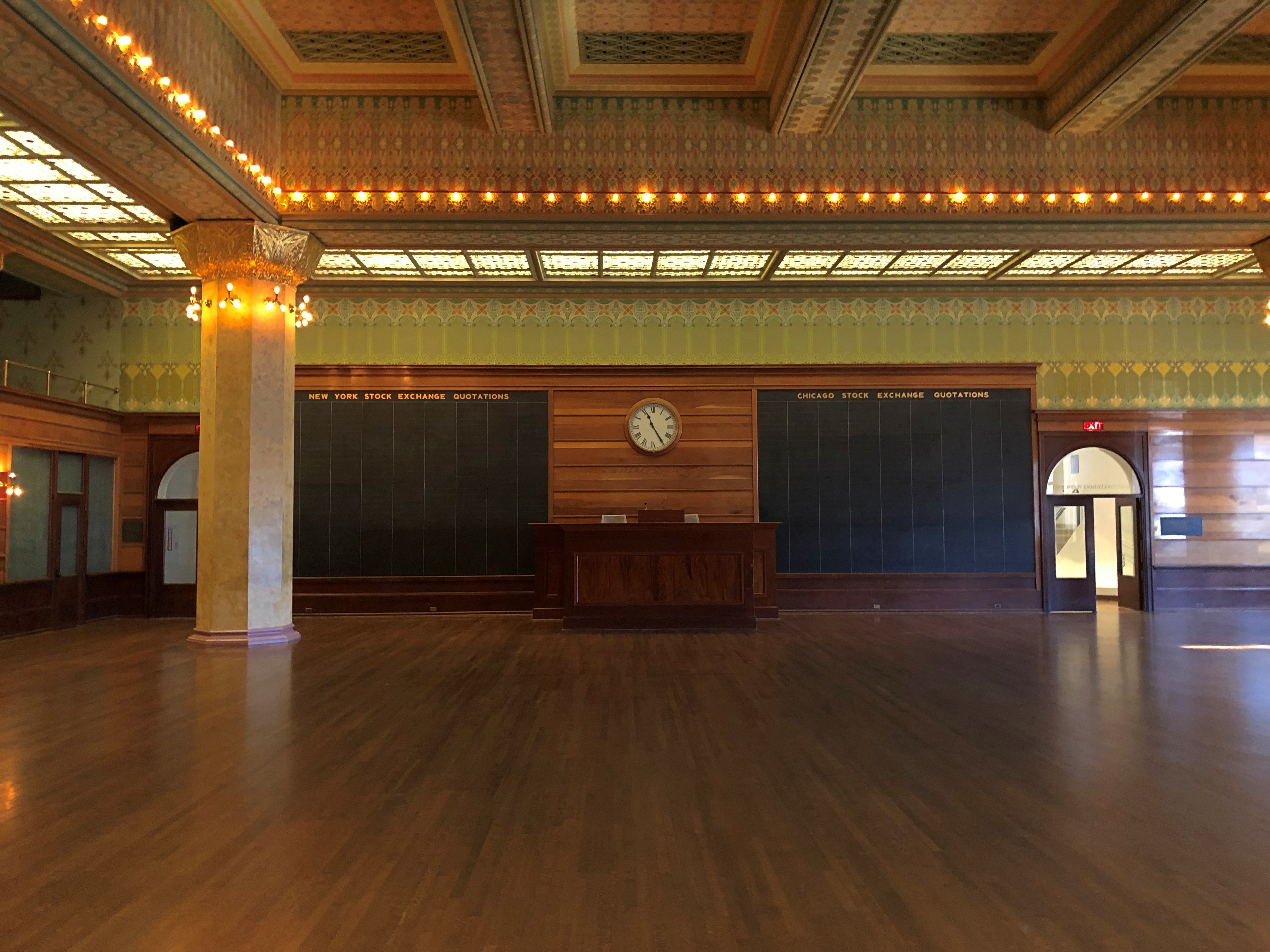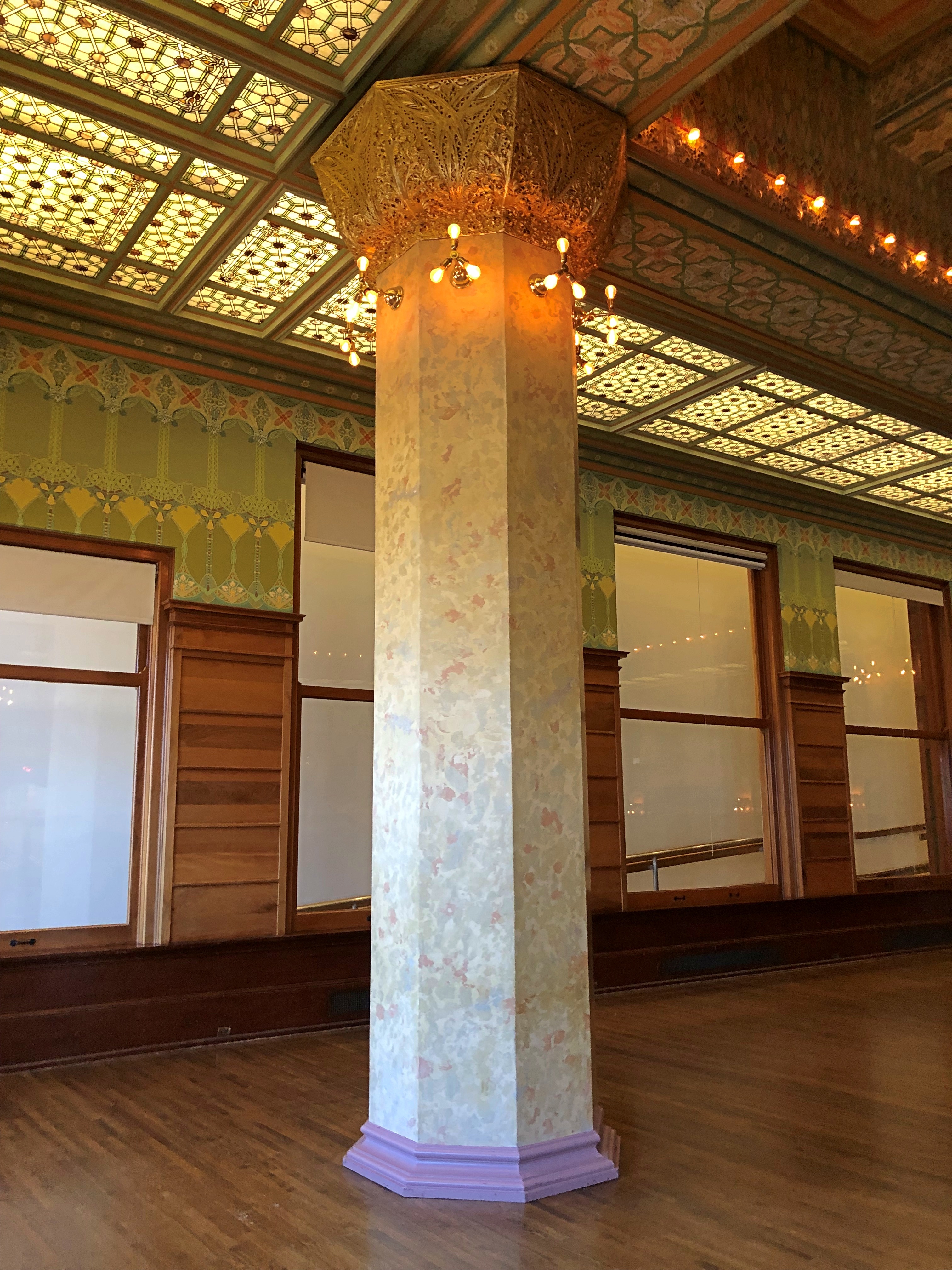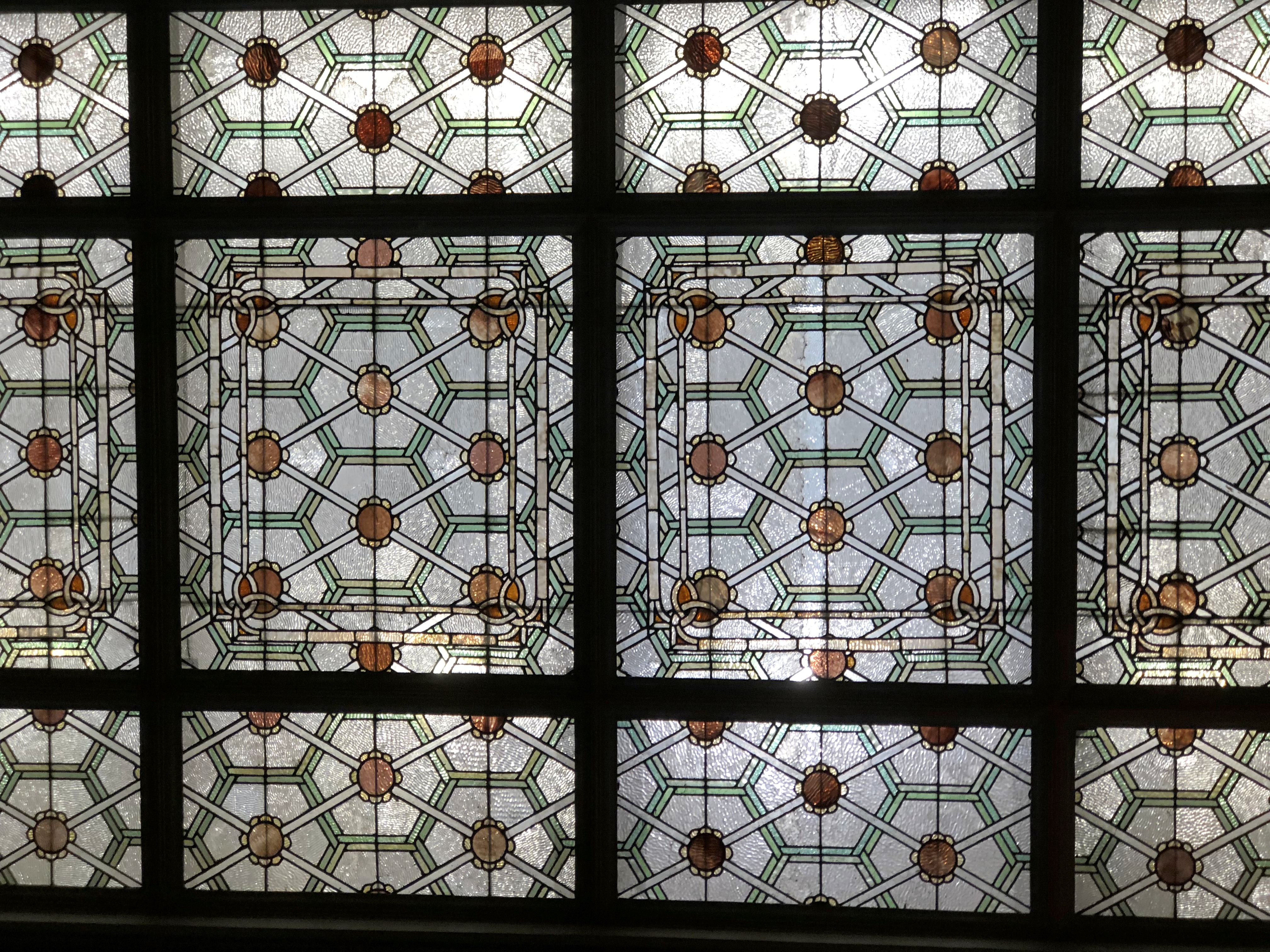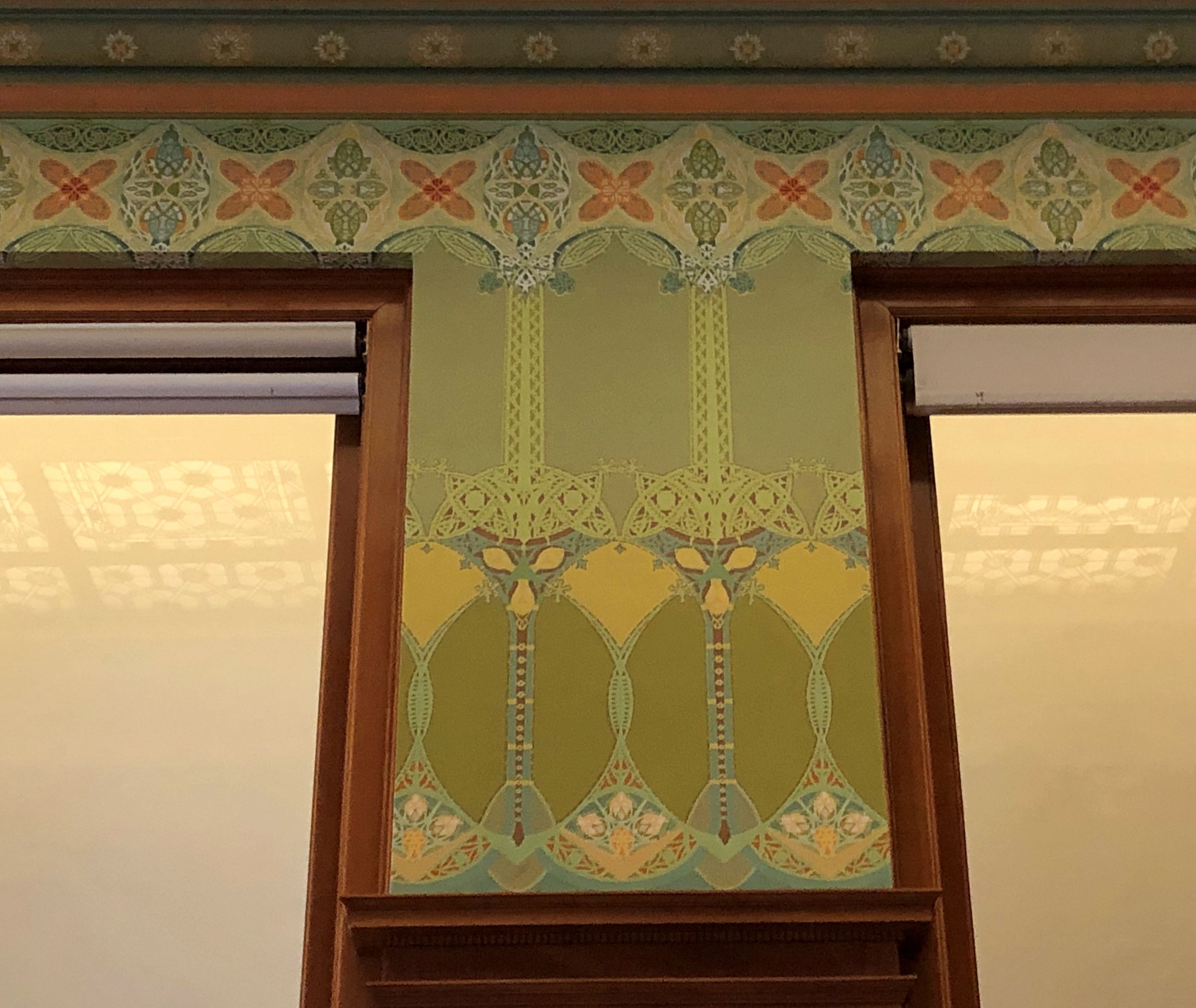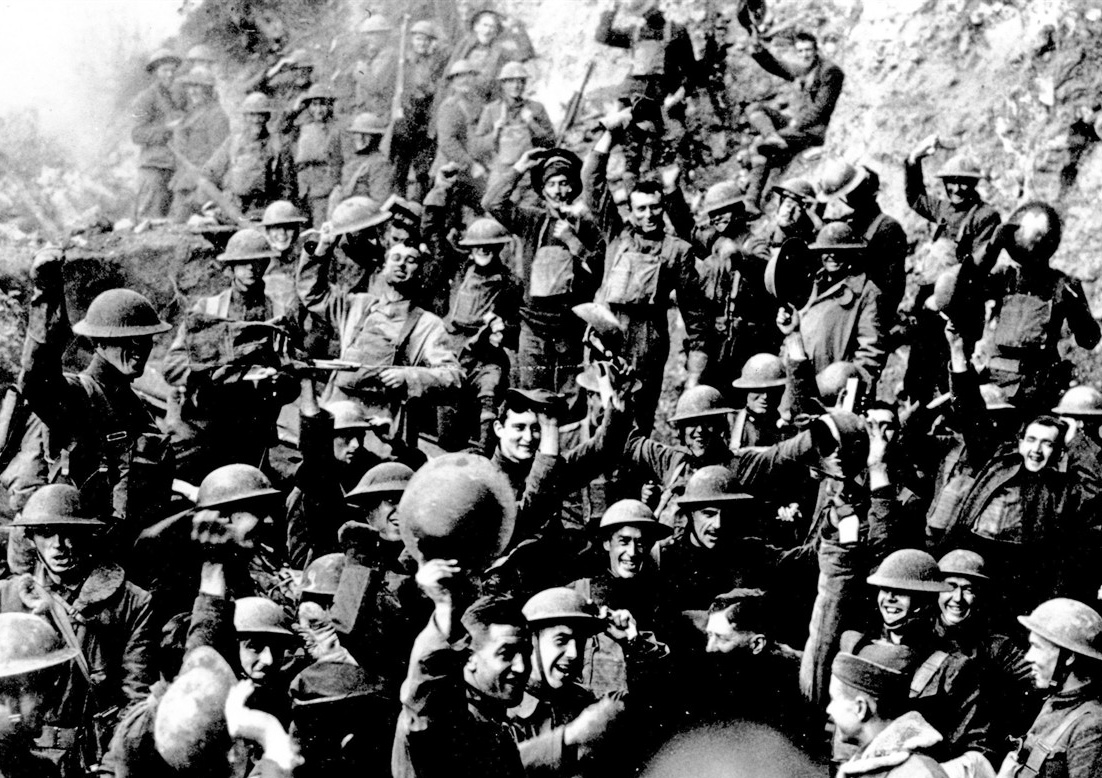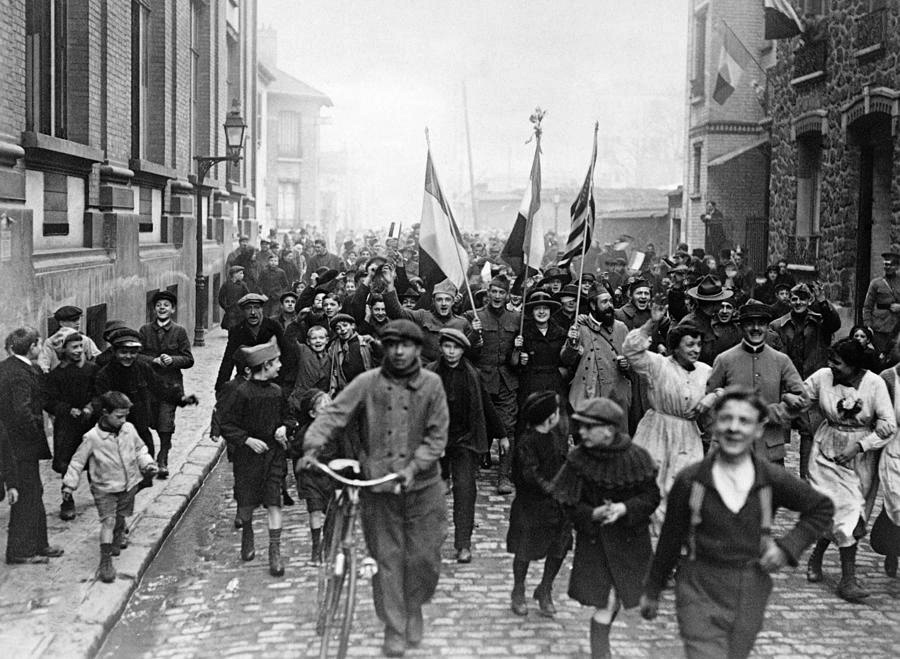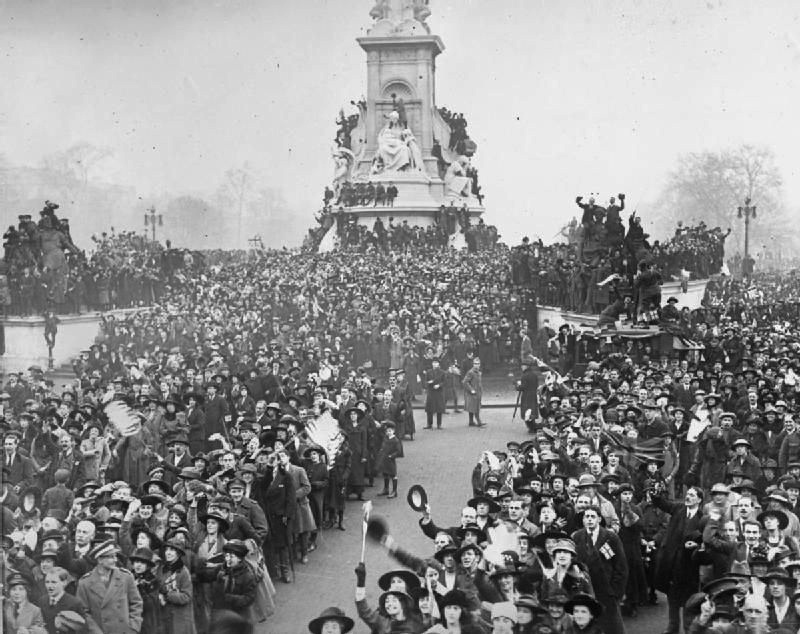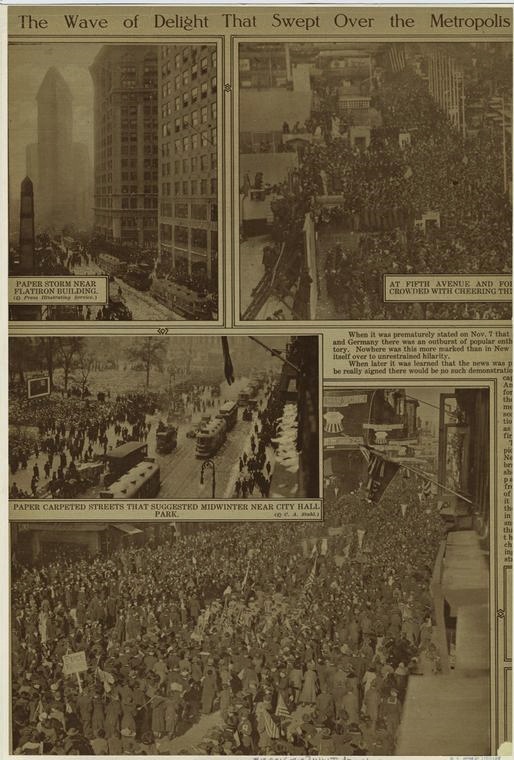Late in the afternoon of our last day in Barcelona, May 22, on the way back from Montserrat, we spotted this building from a distance.
We weren’t sure what it was, and it was too far to wander over for a look considering we’d spent the day on our feet, bringing them to a slow-burn. I’ll figure it out later, I thought, and so I have: it is the Palau Nacional (National Palace). Main site of the 1929 world’s fair and current home to the National Art Museum of Catalonia.
This is the view back to where we were at that moment. Ah, well. Metro Barcelona’s a big place; can’t see everything in a few days.
The palace is on Montjuïc (Jewish Mount), a broad hill overlooking the city and the Mediterranean. It is large enough that, when we visited Castell de Montjuïc a few days before, we didn’t realize the palace was up there as well.
Plus a lot of other things: some former Olympic structures; the Magic Fountain of Montjuïc – I assume that’s a fanciful name – Fundació Joan Miró (a museum); a large cemetery including the graves of Miró, doomed Catalonia President Lluís Companys, anarchist Buenaventura Durruti, and about a million other permanent residents; a medieval Jewish cemetery; some botanic gardens and some other museums. Enough sights for another couple of days, at least.
Castell de Montjuïc is a fortress dating from the mid-18th century, though there were earlier fortifications up there. One way to get there is by cable car. I knew that because before the trip my friend Tom Jones had told me about a cable car ride he took up to a cool fortress during his visit to Barcelona some years ago, though he couldn’t remember the name; and then from the roof of Barcelona Cathedral on our first day in town, we saw a cable car running up the hill. We determined to go.
First you ride the subway to a stop at the base of the hill. Then you ride a funicular that is part of the transit system (our five-day cards were good on it) part way up the hill. Then you ride a cable car, which costs extra, to the walls of the former fortress.
The flag of Spain wasn’t to be seen on the walls. That means one thing for sure: Franco is still dead.


Tom was right. It’s a cool old pile of stones.


With a cruel past down the centuries, up to fairly recent times. Republicans and Nationalists both languished in its cells.
A set of reproduced photos notes that Companys was executed in the courtyard in 1940. He got away from Franco for a short while, but didn’t go far enough. Vichy France handed him over.
In our time, the fortress is a peaceful place with terrific views of the city.
And of the sea, which reveals a Barcelona of little interest to most tourists, but of considerable importance to the regional economy.

Barcelona is, and has always been, a port for commerce, and is among the top 10 container ports in the EU. Note also the cruise ships behind the container terminal. I assume that’s where they dock to turn loose their hordes. They’re the reason I had to book the Sagrada Familia ahead of time.
One more thing: a small plaque marking an important spot in the history of measurement. Especially for the French. The castle was one of the few places in Barcelona we saw signs in Catalan, Spanish, English and French. Usually tourist signs were only in the first three of those languages, which might well annoy the French. Heh.
Anyway, this plaque was French only, concerning the history of the meter.
The meter was to be one ten-millionth of the distance from the Equator to the North Pole, according to French revolutionists, but how to determine the length?
“In 1792, astronomers Pierre Méchain and Jean-Baptiste Delambre set out to measure the meter by surveying the distance between Dunkirk, France, and Barcelona, Spain,” explains NIST. “After seven or so years of effort, they arrived at their final measure and submitted it to the academy, which embodied the prototype meter as a bar of platinum.”
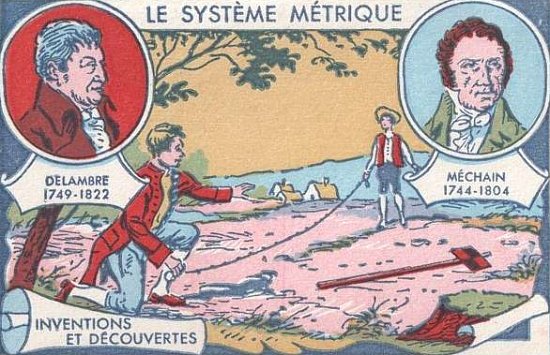
The southern end point for their measurements was atop Montjuïc, as noted by the plaque. I’m sure the French scientists did their best, but this was the 18th century, after all, and they didn’t quite measure it right. Peu importe, a meter is a meter. (The length of the path traveled by light in vacuum during a time interval of 1/299792458 of a second; easy to remember, no?)
One of the cooler things to find on this Catalan pile of stones, I think.


























